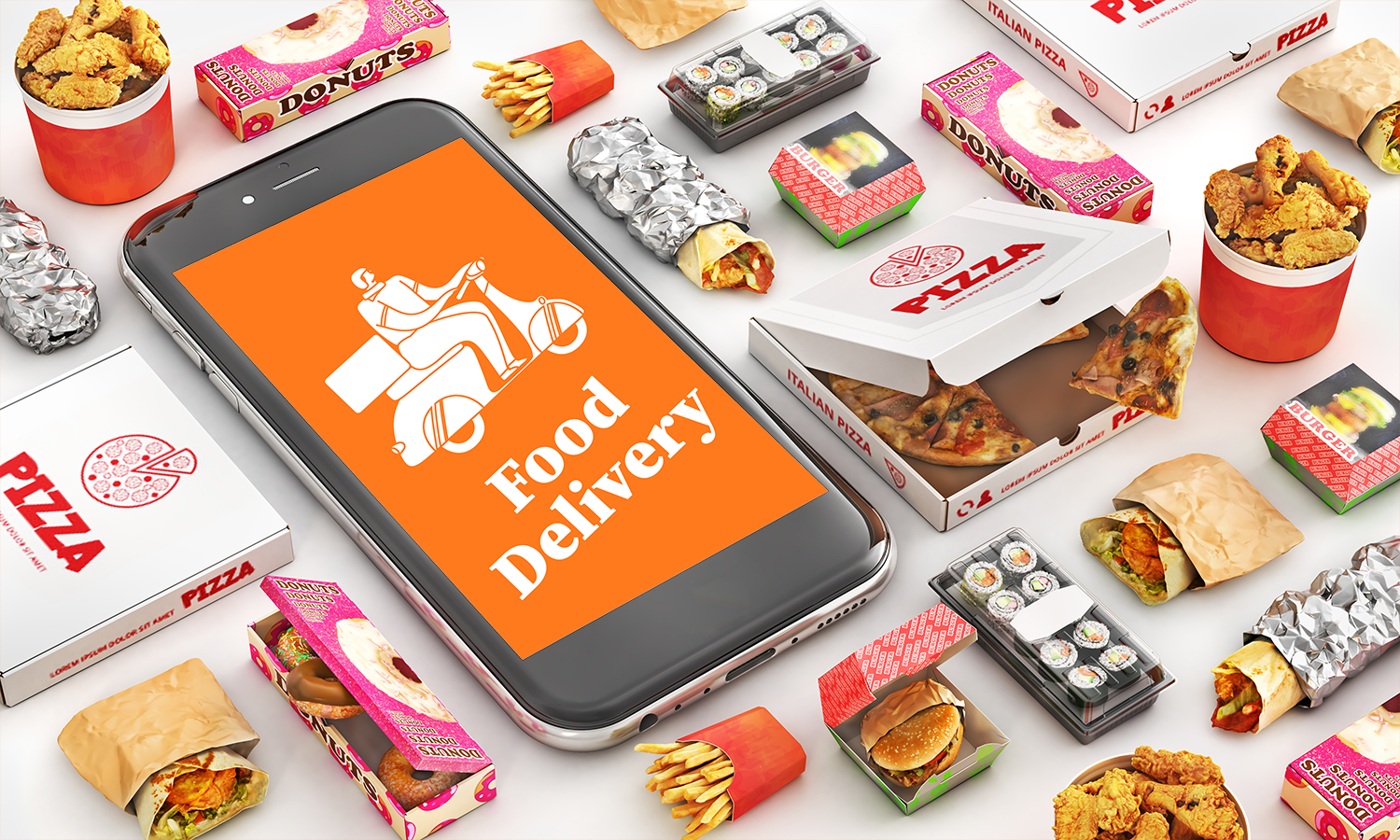In-house or outsource?
The decision is likely made hundreds of times within the walls of your restaurant. Does your kitchen make your pickles or do you buy them? Do you have a cleaning company come in after the doors are closed or do you handle it yourself? You know now that there are several viable third-party options for handling your delivery orders, but what about operators with a bold DIY spirit?
Weighing the operational (and financial!) control afforded to you by doing it yourself against the marketing power and convenience of taking your hands off the wheel is no easy task, and there’s no blueprint that works for every restaurant. You need to consider your existing customer base, your desire for growth or stability, and your current infrastructure when making the choice.
We’ll help you boil down those choices to their simplest form so you can decide if DIY restaurant delivery or a third-party restaurant delivery service is the best option for your business.
Issue #1: Marketing Your Restaurant & Delivery Services
We’ve shown you how DoorDash, Grubhub, et al can extract heavy chunks of your hard-earned revenue when you partner with them. Of course, you’re paying for the delivery and ordering services they provide, but an overlooked service they provide is access to a wider market of customers than you can reach on your own. Grubhub alone boasts more than 19 million active users across 2,200 cities.
When you go it alone, finding and appealing to customers can be one of your tallest hurdles. Direct mailings, e-mail campaigns, and social media are all valuable tools for both finding new diners and reminding old diners of your business. They all, however, require significant investments of time and money. The marketing side of a restaurant can be a full-time operation itself. Asking one of your FOH managers to take on that responsibility may not give it the dedication it needs and will almost certainly take away from the overall service of your shop.
So, if expansion is part of your goal, you need to decide whether to bring on one or more new employees to operate the marketing of your in-house restaurant delivery or take advantage of a built-in network of customers that third-party delivery services provide your restaurant.
Issue #2: The Restaurant Delivery Staff
Right, so we’re talking about third-party delivery services, so it only makes sense to discuss the actual delivery part of the deal.
A number of companies offer access to their ordering systems while still allowing you to use your own drivers. For restaurants with established delivery business, this can be a bit of a middle ground, letting you take advantage of the marketing and ease of a big business while keeping you at the helm of your own ship. For the sake of this piece, however, we will consider a shop deciding between starting their own delivery service and partnering with a national third-party service.
If you are starting an in-house delivery program from scratch, drivers will be your first objective. You must determine whether these couriers will be full-time employees or treated more like independent contractors.
A driver that works solely for you will have you on the hook for any employment benefits such as worker’s compensation, healthcare, and reimbursements should they be using their own vehicles. A 1099 contractor, on the other hand, is their own employer, freeing you from those additional costs and potentially reducing your legal liability in the event of accidents or mishaps. The drawback to overly relying on independent contractors, though, is their independence, of course. They often make their own schedules and can have a bit more negotiating power when it comes to compensation.
When it comes to Dashers, Grubhubbers, Uber drivers, and the like, these delivery teams are neither your employees, nor contractors you need to compensate. The percentage that the services take from your revenue is where their salaries come from. You are effectively paying someone else to pay your drivers, which, though seemingly redundant, can give you the benefits of both employees and contractors rolled into one. The vast network of drivers these companies boast ensures that you will almost always have a deliverer on demand. Any benefits or liabilities are the responsibility of the service, not you. And should things be slow on a Tuesday afternoon, as they often can be, you’re not stuck paying an hourly wage to a driver who isn’t on the road.
Conclusion
When it comes to the execution of food delivery, if you find that the wages, benefits, expenses, and liabilities of running your own operations are less costly than a service fee, AND you can effectively manage them without disruption to your store, than the DIY approach may be for you.














